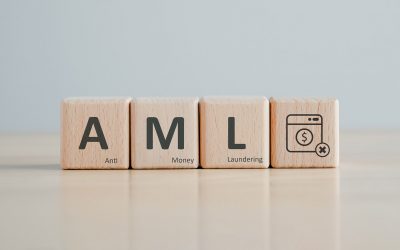
By Jim Reber, ICBA Securities
ICBA is a Preferred Provider of PACB
What’s your choice for the term of the decade so far (that is, other than COVID)? In the last three years, a number of expressions have come into fashion, some of which have been worn out, used out of context, and deemed by linguists to be a blight on our vocabulary. I’m sorry to say these may be around for a while. Here are a few:
- Virtual
- Social distancing
- Pivot
- PPP
- Zoom (which I’ve noticed has become a verb as well)
- Supply chain
- Hybrid
Let’s stick with “hybrid” for a few minutes. This has gained popularity in several circles. Hybrid cars, powered by both fuel and electricity, now account for over 5% of new vehicle sales, and all major auto manufacturers are ramping up their capacity. Hybrid education programs, which have both in-person and virtual components, are likely to be with us for some time. And, in the investment world, hybrid bonds can offer an attractive risk/reward profile for community banks.
Not a ’20s innovation
Adjustable-rate mortgages (ARMs) have been around since the 1980s, and portfolio managers have coveted these investments that “wrap” the loans into a liquid security. ARM pools backed by Fannie Mae, Freddie Mac and Ginnie Mae (GNMA) deliver all the normal benefits of mortgage-backed securities (MBSs) and more. In addition to the monthly cash flow, ARMs also can help control interest rate risk for banks that are exposed to rising rates.
The 2020’s versions of ARMs are, at least initially, hybrids. This means there is a fixed rate period for between three and 10 years, after which the remaining principal will adjust frequently, either semi-annually or annually. The volume of ARMs that are true floaters right out of the box is so small that the agencies have a hard time pooling them. Also, there are periods in which hybrids are not particularly attractive for community banks, due mostly to (no surprise here) the price levels. I’m pleased to announce that 2023 is a year in which hybrid ARMs are available at market prices that an investor will probably like over the next few years.
Borrower profile
Still, the vast majority of new mortgage loans is fixed-rate for the full term, whether 30, 20, 15 or 10 years. Over the last decade or so, only about 6% of new loans are adjustable, and that counts hybrids. So who are these borrowers, who are statistical outliers?
They really line up into two groups. The first are those who are barely on the cusp of qualifying for conventional (or FHA/VA) financing from a debt load standpoint. Hybrid ARMs will typically be offered at a lower rate than fixed, as the lender has to incent the borrower to accept some interest rate risk.
The second group consists of homeowners who expect to be in their home for a defined, relatively short period of time of ten years or less. These may be soon-to-be empty nesters, or possibly expect to move for employment reasons. If the borrowers do prepay before the first reset date arrives, they’ve saved some interest cost, and not exposed themselves to higher reset rates.
Current examples
Given the profiles and behaviors of the borrowers, the cash flows that hybrids produce are substantial. The loans have fully amortizing 30-year terms, so not a lot of principal is scheduled to amortize initially, but an investor can expect some early activity. Then, as the first reset date approaches, the prepayments speed up even more, sometimes dramatically. Some models predict paydowns of 25% or more annually during the fixed rate window, and even faster in the last few years before initial reset. For many community banks, fast prepayments are exactly what they want in 2023. This was not the case, clearly, in 2020 and 2021, when banks were drowning in liquidity, and interest rates were at record lows.
Another piece of good news is that current market prices for these newly-issued hybrids are near par, usually between 100 and 101. This means that significant paydowns won’t have much impact on your yields. Perhaps even better: The inverted yield curve makes the hybrids with the shortest first reset date (weighted average roll, or WAR) the highest yielding, at least until the WAR. For example, a GNMA hybrid with a 36 month roll date, that starts with a full 5% coupon, is currently available at just a slight premium. This significantly out-yields some longer MBS, at least for the next three years.
There’s more to the ARMs story than we have time and space for here (e.g., rate caps), but it’s fair to say hybrids are worth a portfolio manager’s look in early 2023. You may decide they’re virtual bargain, and that your security inventory should pivot and take down a supply.
Jim Reber (jreber@icbasecurities.com) is president and CEO of ICBA Securities, ICBA’s institutional, fixed-income broker-dealer for community banks.
ICBA LIVE 2023
ICBA Securities and its exclusive broker Stifel will present several Learning Labs at ICBA LIVE in Honolulu this March. For more information and to register, visit icba.org/live





